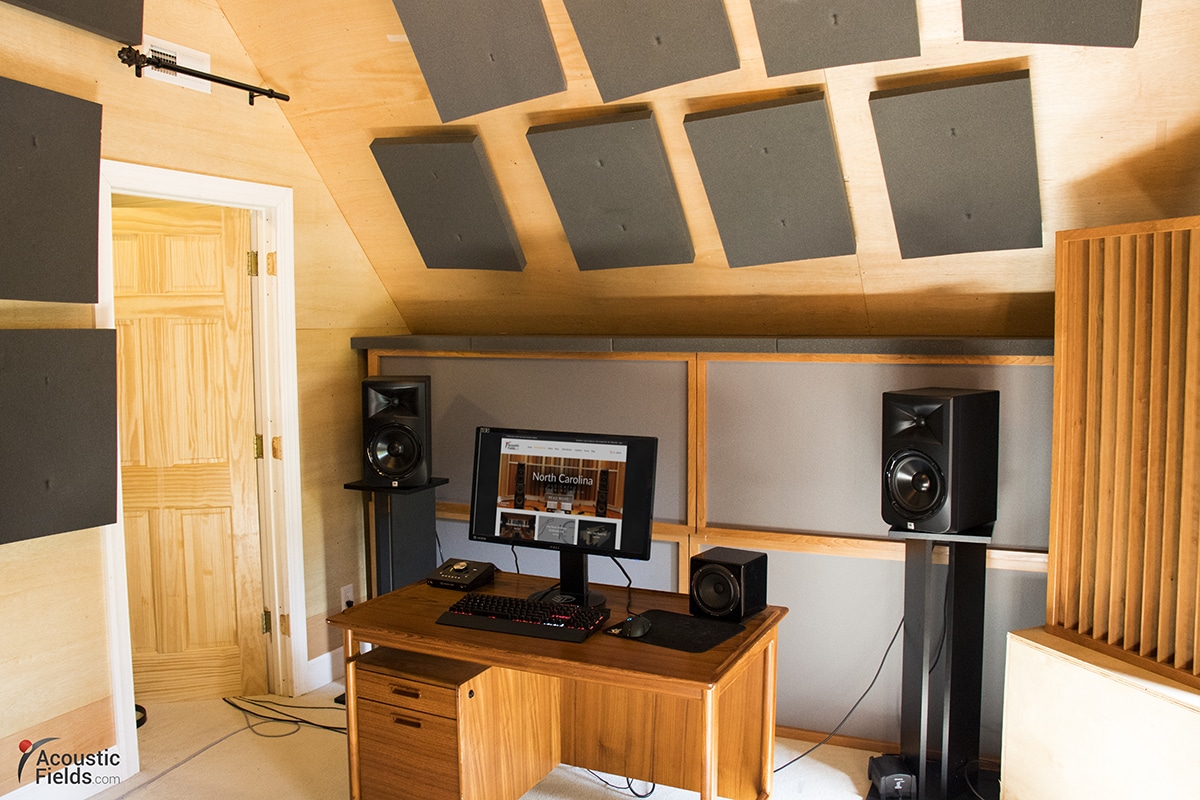Signal Chain
Our signal chain is composed of many different components. We have instruments, vocals, microphones, cables, mixers and so on. All of these devices carry electrical energy that must be able to travel freely from the beginning of the signal chain to the speaker. Sometimes all of this equipment with each component speaking its own language causes something to occur that we do not want. Signal chain distortions take many forms.
Hum
Hum is an issue that will appear regardless of how many components are in the signal chain. What is hum? Hum is a continue signal. In the United States we are operating at 60 Hz. In Europe, we are operating at 50 cycles. Our power supplies are the first place we want to look at. Once that is ruled out, we next need to look at our transformers. If our transformers are too close to an amplifier, the amplifier will do what it does best and amplify sound energy even if it is a hum. Amplifiers are equal sound employers.
Cables Everywhere
Microphone lines next to power lines are something to be avoided. Video signals must also be isolated from power and audio cables whether signal or power in function. Keep all three of these lines separated and if they have to cross which should be avoided, make sure they cross at a right angle. The most common cause of hum in almost all situations is the dreaded ground loop. To begin our quest, we must decide if the hum is continuous or affected by gain controls.
Continuous Or Intermittent
If our hum is continuous or unaffected by gain controls, then the ground loop is probably in one of the components that connects to the device in question. If the hum increases in amplitude when increased gain is applied to the signal, we need to look at the components that are ahead of the mixer or gain producing device. With our mixing consoles, we can suspect our microphone pre-amps and the slider. Op amps will affect the hum level also.
Buzz Is Hum’s Cousin
Buzz is another signal chain distortion. Buzz and hum are siblings. Buzz is the sound produced when the hum becomes distorted. Dimmer noise can be buzz. Dimmer noise is still a 60 cycle issue but sounds like a buzz because of its wave shape. Dimmer buzz can also enter our microphone lines. When we have buzz that occurs when we connect two pieces of equipment together, we can be fairly sure that there is some type of electrostatic coupling.
Electrostatic Coupling
Electrostatic coupling can occur even with transformerless inputs and outputs. Transformers that have electrostatic shields sometimes referred to as Faraday shields, will usually solve the problem. However, these devices need to be grounded like all others, so the potential for a ground loop is increased. The only fix for this scenario is to reconfigure the total electronic signal chain.
Oscillation
Oscillation is defined when the output of a device is electrically joined to the input of the same unit or another component in the signal chain. It appears in many different forms. The distortions produced by oscillations may sound blurry or fuzzy. The sound produced can begin as a steady sound. If you hear this sound, get out an oscilloscope. It will show immediately on an oscilloscope. If the sound appears at higher gain levels, one needs to look at cables and inductive couplings.
Static
We have all had static and pops to deal with in our electronic equipment chains. Static and pops are usually the result of a poorly designed ground system or no ground system at all. Sometimes a floating ground or a more correct term is floating the system above the ground is used. Not only is this process very poor engineering, it can result in a deadly shock. Never float grounds. You are only substituting one minor problem with another that can be life threatening.
RF Interference
If the static occurs with short sustained pops, one can look at radio frequency interference which has entered the system through some open portal. A poorly shielded cable or a cable connector that has worked its way loose must first be examined. With no ground or a poor ground, the cable shield can not do what they were designed to do by shielding against radio frequency interference.
Signal Chain Distortions
Distortions in our signal chain have many causes. We can have annoying hum, buzz, oscillations, and static. Hum and buzz are closely related. Buzz is simply a hum that have been distorted by a waveform created by an electronic component. Oscillations and static can be corrected by a properly grounded system. Floating the ground above the system itself maybe a quick fix but it will be dangerous to use and is not worth the cost of electrocution.





